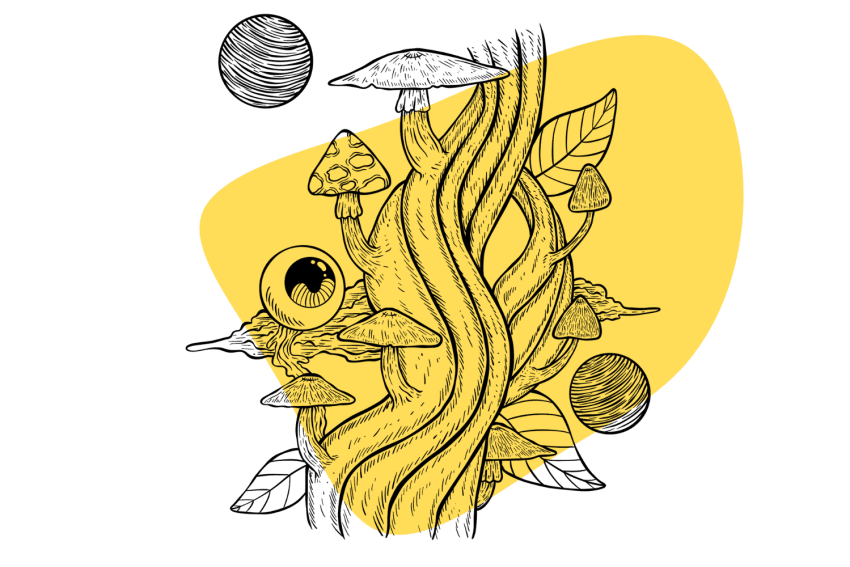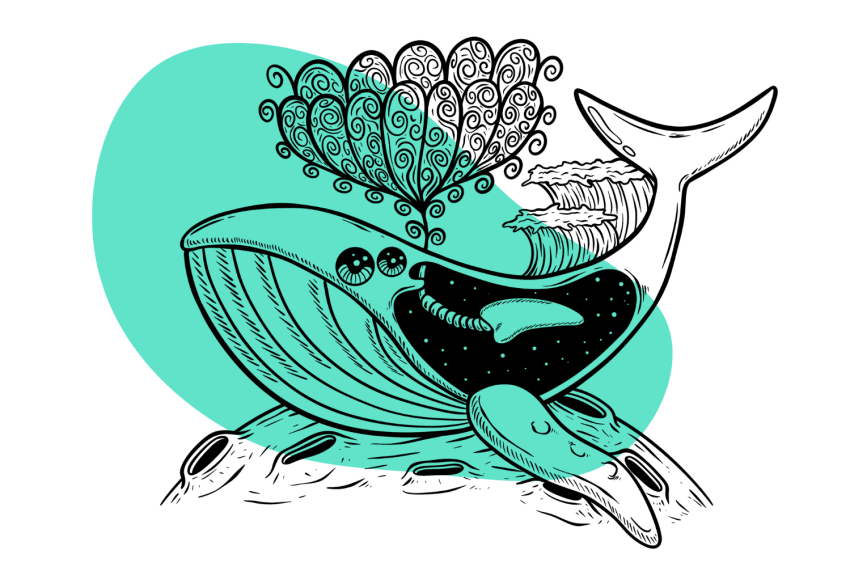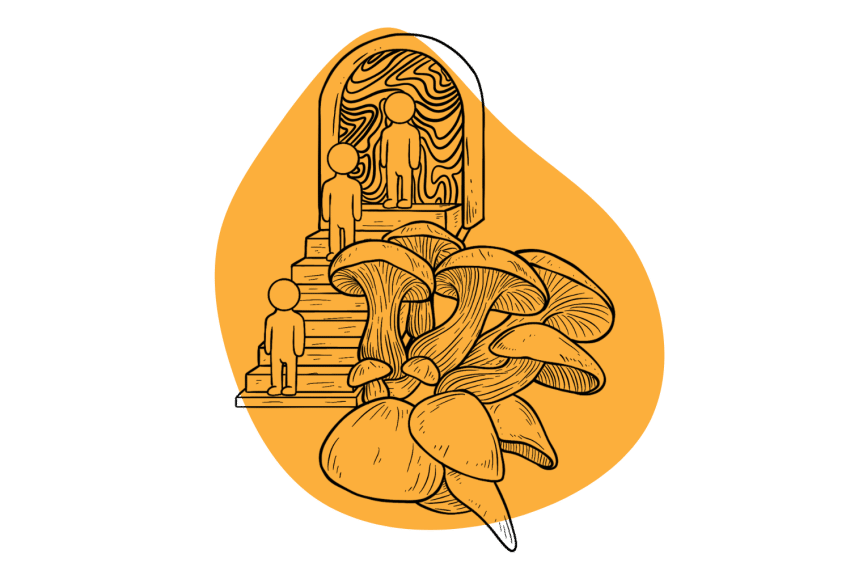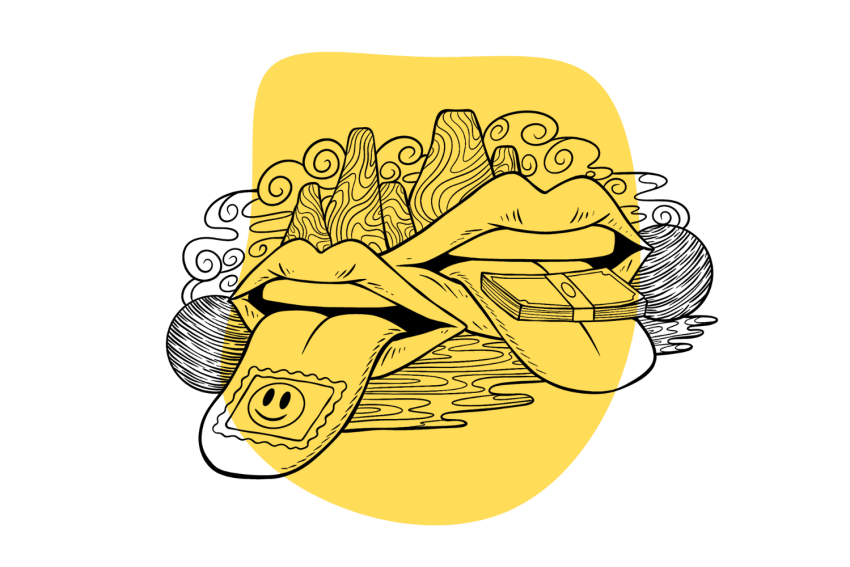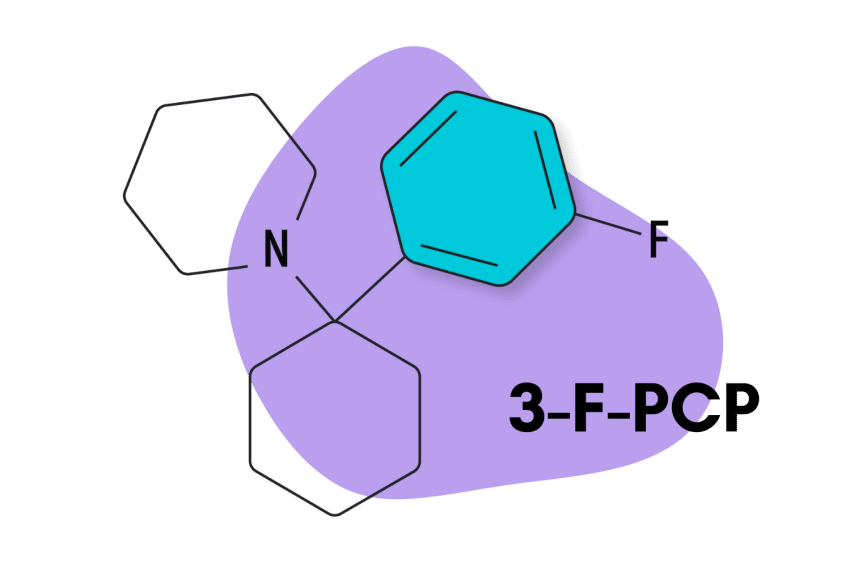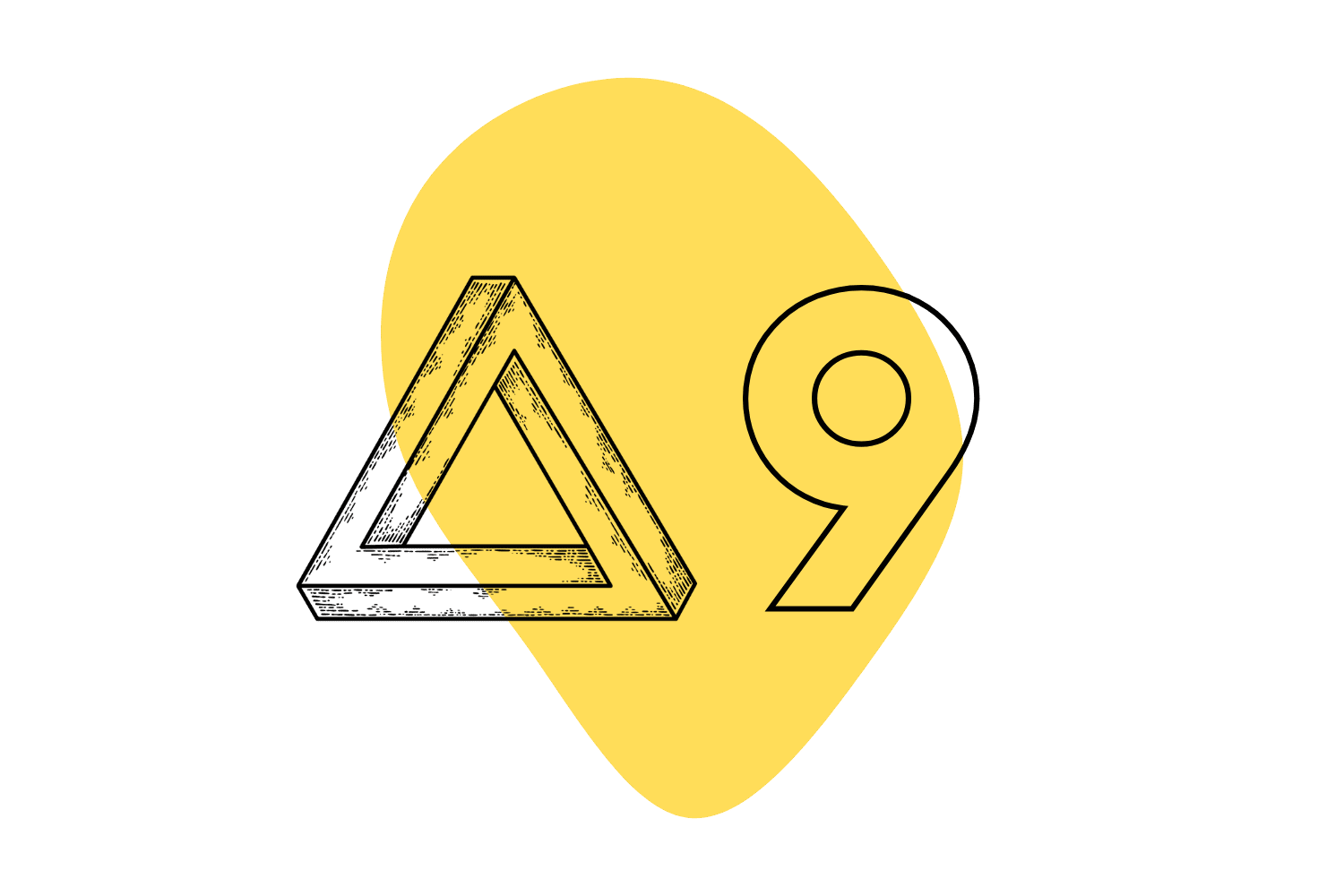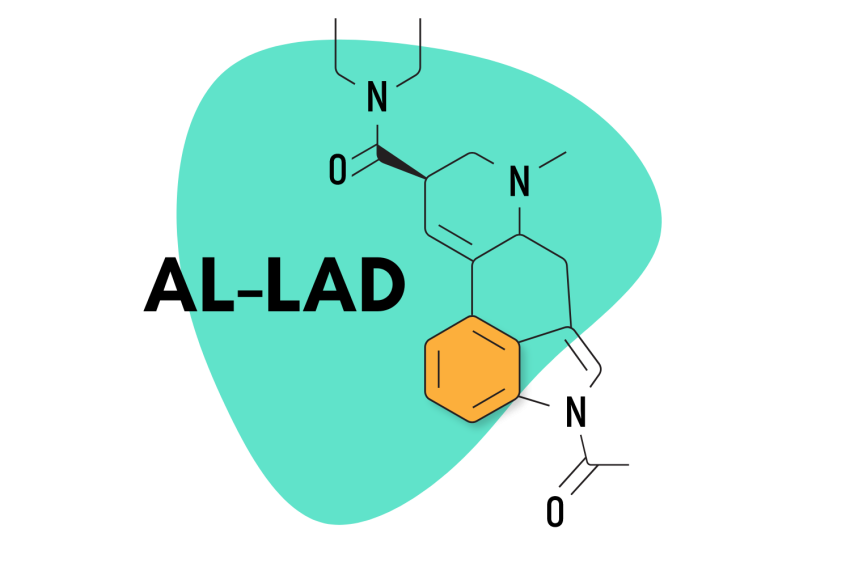What Is Sugar Flipping?
MDMA + cocaine = sugar flip
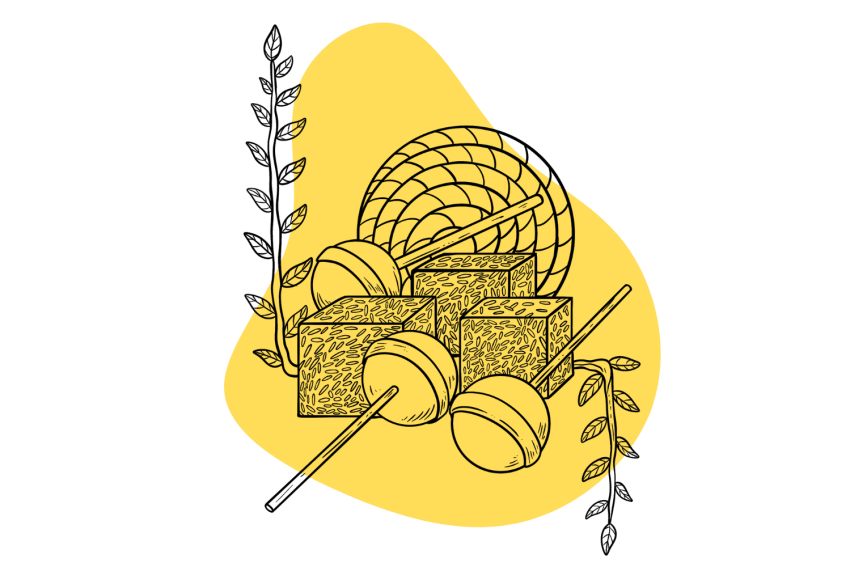
Since the 1970s, when psychedelics began rising in popularity in the U.S., many users have turned to drug combinations for new experiences. One such combination is “sugar flipping,” which is the combination of cocaine and MDMA (ecstasy).
Combining drugs of any kind — illegal or legal — is generally not recommended and can have severe and possibly deadly side effects, depending on the compounds.
While sugar flipping isn’t advisable, we will cover what it is, how it works, and the effects it provides below in an attempt to reduce harm to users and educate current or prospective users. We fully expect every reader to make their own informed decisions.
What Is Sugar Flipping?
“Sugar flipping” refers to taking cocaine and MDMA together. Limited information is available about this drug combination, both in terms of safety and effects.
Based on online user reports, sugar flipping isn’t nearly as popular as kitty flipping (mixing ketamine and MDMA), candy flipping (mixing LSD and MDMA), or hippie flipping (mixing shrooms and MDMA).
Other less popular combinations include nexus flipping (2C-B and MDMA) and Jedi flipping (magic mushrooms, LSD, and MDMA).
What Is Cocaine?
Cocaine is a potent stimulant derived from coca plants indigenous to South America. For most users, it provides a significant boost to energy and a powerful sense of euphoria, which can become physiologically addictive.
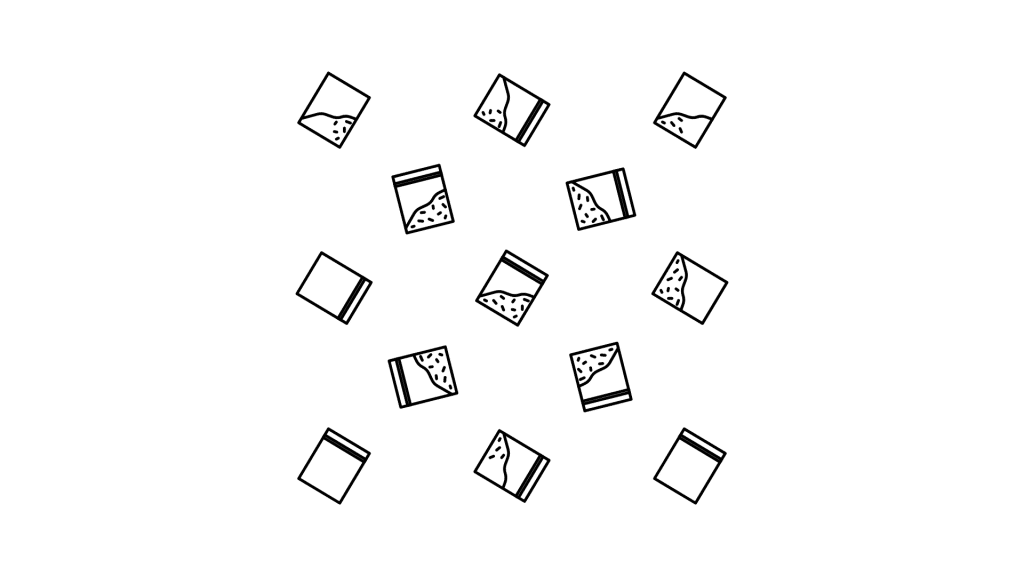
Side effects of cocaine use typically include aggression, rapid heart rate, difficulty breathing, increased body temperature, and headaches. Chronic use can increase the risk of heart and lung issues, cause insomnia, and lead to a slew of other health issues.
What Is Ecstasy?
3,4-Methylenedioxymethamphetamine, more commonly called MDMA or ecstasy, is a psychedelic drug that makes most users feel connected to people and the world around them. It can heighten the senses and provide intense euphoria for most users. The comedown from ecstasy can be very unpleasant for users, inducing physical or emotional pain in some cases.
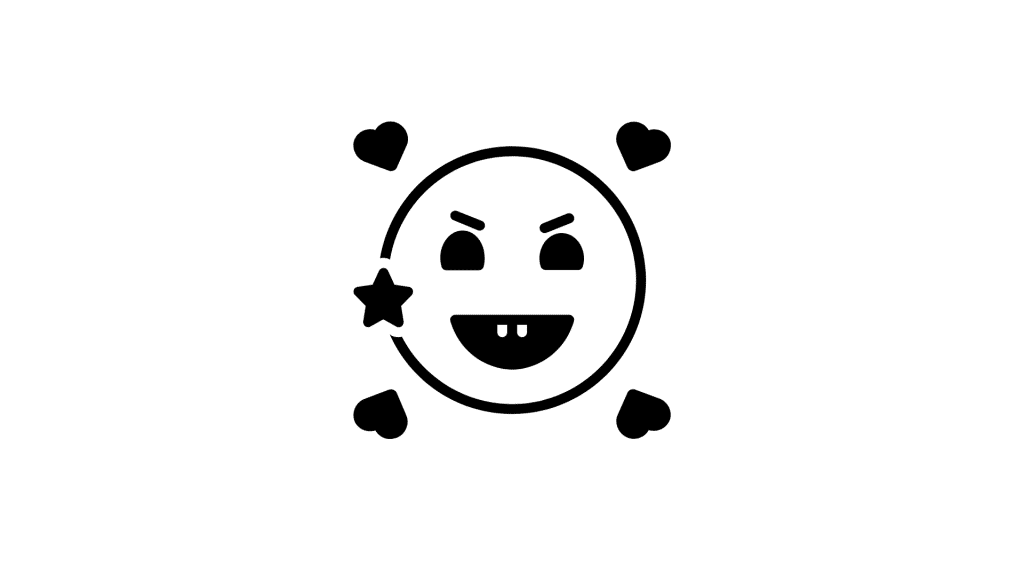
MDMA is typically taken orally, but it can be snorted or injected as well.
Some side effects of MDMA include increased heart rate, increased body temperature, headaches, depersonalization, and other issues.
How to Use Psychedelics Responsibly
Psychedelic drugs are largely misunderstood, in part because of their illegalization and bizarre history with the United States government. Many people associate them with partying and getting high just for fun, but countless psychedelic users take psychoactive compounds to obtain inner peace, become more connected with the world around them, and experience introspection similar to what is expected from psychotherapy.
Using psychedelic drugs responsibly not only increases the likelihood that you’ll have a positive experience but helps keep you safe in the meantime. There are a few things you should plan for before taking any type of psychedelic compound, the most important of which are “set” and “setting.”
Set
“Set” refers to your mindset leading into the psychedelic experience. Psychedelic compounds offer many users a look inside their own minds, so your mindset can effectively determine how positive or negative your trip will be.
If you’re nervous that the drug will be overwhelming and lead to a negative experience, you’re more likely to experience just that. If you go into the experience expecting it to be positive and teach you things about yourself, you’re more likely to have a positive trip.
A simple way to get yourself in the right mindset is to set your intentions before the trip. Make sure you’re comfortable with the compounds you’re taking, that you understand the dosing and effects, and intend to have a pleasurable experience. You can even write down your intentions and review them during your trip if you need.
Setting
Your environment during your trip can also play a role in how positive or negative your overall experience is. Taking psychedelic drugs in an uncomfortable or unfamiliar space can cause anxiety and panic, both of which tend to produce bad trips more often.
To avoid this, your best option is to set up a familiar space for your experience. Somewhere in your home with a lockable door is usually best. Get some spaces ready for comfortable relaxation, have some music ready, and consider getting some art to look at or something you can use to express your creativity. This kind of welcoming environment will be much more likely to give you a positive experience.
The last part of your setting should be a trip sitter, a trusted and sober friend who can help keep you grounded during the experience if you need.
What Does Sugar Flipping Feel Like?
Sugar flipping is not a very popular drug combination, so there are no trip reports available online to draw experiences from. However, it’s reasonable to assume that the experience will combine the individual effects of cocaine and MDMA.
Both cocaine and MDMA create euphoria, so the likelihood is that sugar flipping leads to an intense and potentially overwhelming sense of happiness and joy.
Some MDMA users have likened taking ecstasy to an increase in emotions in general. It’s almost as if each individual has a proverbial cup that can get filled with emotion, and MDMA causes that cup to overflow. The feeling can be overwhelming at times, and adding cocaine to the mix is far more likely to cause that cup to overflow. You’ll likely feel extraordinarily emotional and might get frustrated that you cannot express what you feel.
Additionally, MDMA and ecstasy are both stimulants, so you’ll likely feel overwhelmed by the amount of energy you have — and without a good outlet.
Depending on the dose you consume, you might experience mild hallucinations from the MDMA.
Why Is It Called Sugar Flipping?
The term “sugar flipping” comes from the combination of both drugs. Cocaine looks like powdered sugar, and MDMA causes you to “flip” or “roll” rather than “trip.” Combining the appearance of cocaine with the unique rolling effect of ecstasy yields the term for mixing the two: sugar flipping.
Why Take Cocaine & MDMA Together?
Like all other drug combinations, taking cocaine and MDMA together can lead to new experiences, which can be enticing for psychonauts who use psychedelics to experience the world in a different way. MDMA and cocaine can provide extremely powerful euphoria, which is desirable for some people.
Additionally, some users take cocaine to mitigate the comedown effects of MDMA. Ecstasy produces positive feelings and euphoria in most users. However, the comedown back to reality can be unpleasant, sometimes causing physical or emotional pain that is borderline unbearable, especially at higher doses. Some users take additional drugs toward the end of an MDMA trip to reduce the negative effects of the ecstasy wearing off.
In the case of sugar flipping, taking another stimulating and euphoria-inducing drug like cocaine can keep your mood and energy levels elevated until the MDMA comedown is over.
Is Sugar Flipping Safe?
Mixing any two drugs, legal or illegal, can potentially be dangerous and even deadly. This is especially true for MDMA and cocaine, as both compounds produce similar effects that can compound with effects from the other.
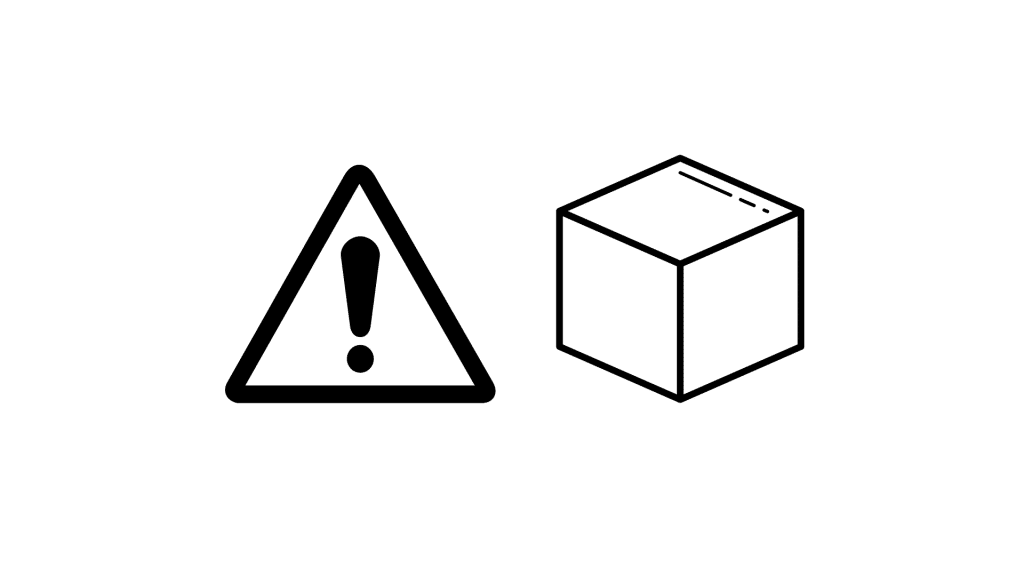
For example, MDMA and cocaine are both potent stimulants that can trigger a rapid heart rate. In extreme cases, this could lead to death or lasting heart irregularities. These compounds can make you feel restless, causing many users to exercise or be intensely physically active. For normally inactive users, this can put added strain on the heart and lungs with the potential for lasting effects.
Additionally, both MDMA and cocaine can cause an increase in body temperature, which is dangerous even in short periods.
Overall, mixing MDMA and cocaine is not advisable, as it can be dangerous and even fatal in some cases.
How Long Does Sugar Flipping Last?
Without user reports to confirm trip times, it’s difficult to say how long sugar flipping lasts. However, it will generally depend on the dose of each drug you consume and when you take them.
A standard dose of 100 mg of MDMA will produce a trip that lasts for three to six hours in most cases. A standard dose of 20 to 25 mg of cocaine will produce a short-lived high that lasts anywhere from 5 to 30 minutes.
Taking MDMA and cocaine at the same time will usually result in the cocaine high dissipating just as the ecstasy kicks in. Taking cocaine at the end of a molly trip to reduce the unwanted experience of the MDMA comedown likely won’t extend the high but will produce euphoria for about the last half hour or so of the MDMA experience.
What’s the Normal Dose for Sugar Flipping?
Given the lack of testing and research that has been done on sugar flipping and the lack of user reports, there is no standard dose for sugar flipping. Most users likely take the standard dose of each drug: 100 mg of MDMA and 20 mg of cocaine.
Wrapping Up: Mixing Cocaine & MDMA
Sugar flipping is the act of mixing cocaine and ecstasy, two potent stimulants that provide intense euphoria. Like all drug combinations, sugar flipping is potentially dangerous and can be deadly in some circumstances. Generally speaking, sugar flipping is not recommended.
Those that do mix cocaine and MDMA most often use the euphoria from cocaine to mitigate the negative comedown effects from MDMA. They do so by taking a dose of cocaine toward the end of the molly trip. Others take cocaine and MDMA simultaneously, which results in a fast-onset cocaine experience leading into a psychedelic MDMA experience.
There is no standard dose for either drug when it comes to sugar flipping, although 100 mg of MDMA and 20 mg of cocaine are the typical individual doses. If you do plan on sugar flipping, taking the proper dose, and having the correct mindset and setting going into the trip will be most likely to yield a positive experience.

